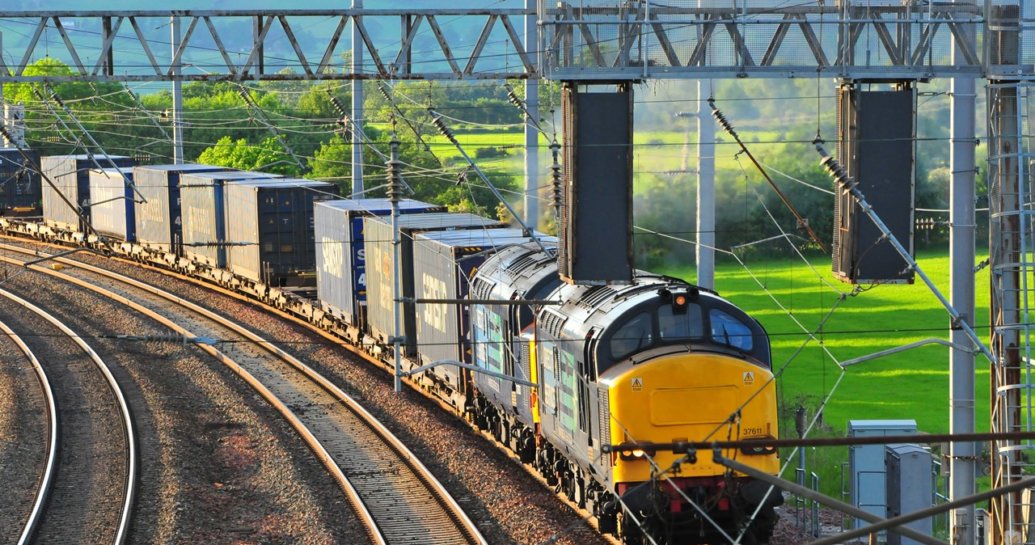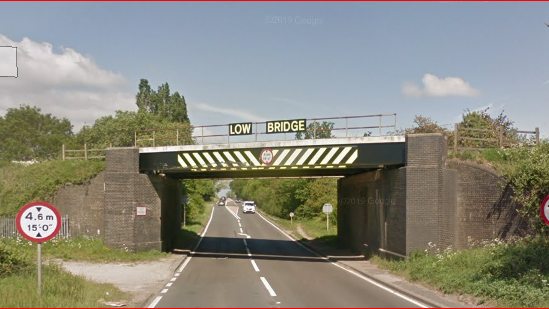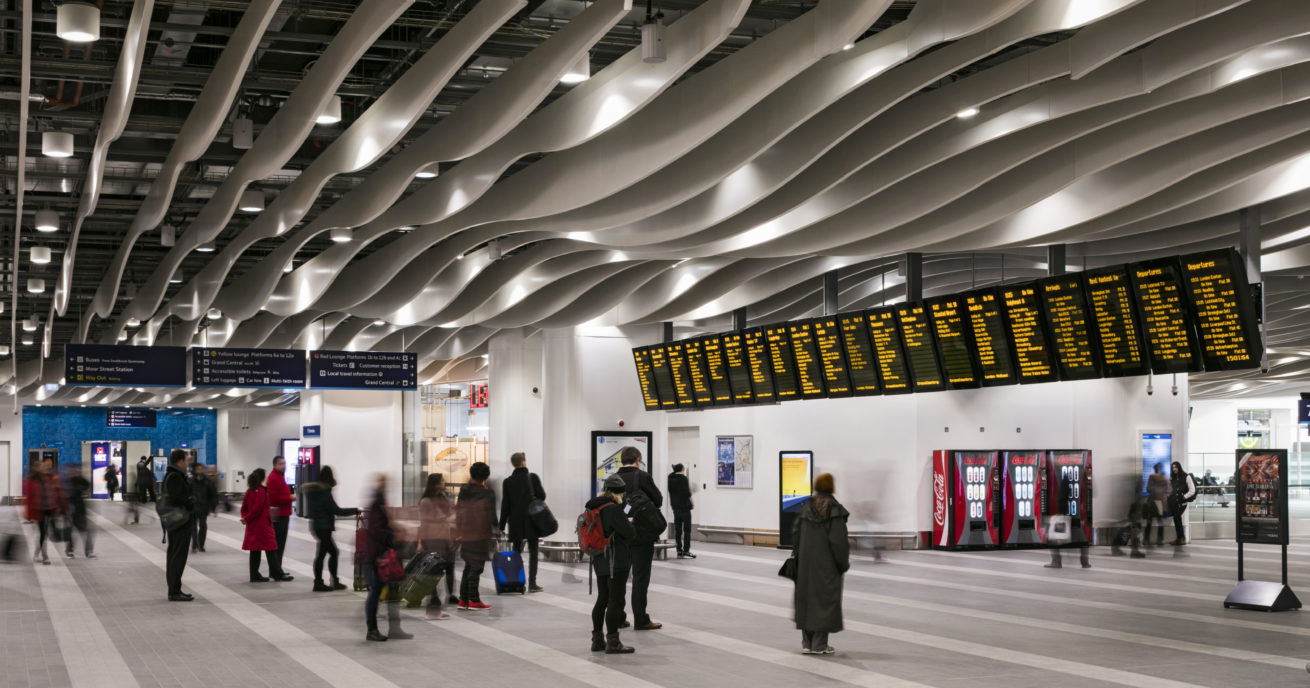Have you ever spotted a freight train thundering past? Billions of pounds worth of goods are transported throughout Britain every year thanks to our railway.
But have you ever wondered just what is on a freight train?
Read on to find out …
Supporting rail freight
We work hard maintaining and updating our railway for our freight customers. Rail freight is essential, keeping supermarkets stocked, medicine moving and removing waste from our towns and cities. It contributes billions to the economy every year. And we’re committed to growing the rail freight industry by 8% in the next five years.
We’re always looking at ways to support the sector in its work to deliver your goods in a safer, more efficient and more sustainable way.
Let’s take a closer look at what might be on these freight trains …
Retail goods
Major supermarkets and other retailers bring sea containers of imported goods from the ports to their inland distribution centres using rail. Here, they’re sorted further before they’re transported on roads to shops.
These containers can hold anything from laptops and clothes to food products and medicine. They can travel from Southampton to Inverness into Wales, and from the sea ports on the east coast to the major cities of the Midlands and North West.
Amount moved by rail in 2024: more than 18.5m tonnes
Waste
Rail freight carries household and industrial waste from transfer stations to landfill sites. Millions of tonnes of waste is transported every year by freight trains on our railway – keeping our major towns and cities free from waste and reducing the carbon footprint of managing waste.
Amount moved by rail in 2024: more than 2.6m tonnes
Construction
Building materials are the biggest single commodity type transported by rail in Britain. Our masterplan for regenerating land at Bow Goods Yard in East London will see even more building materials moved by rail.
This material can be anything from sand, gravel, cement and timber. They can be used for building everything from houses and schools to roads and factories, as well as for huge projects such as the London 2012 Olympics and the Elizabeth line.
Amount moved by rail in 2024: more than 33.1m tonnes
Metals
Rail is also used for transporting vast quantities of metals including steel and iron. More than 6m tonnes of steel and over 2m tonnes of iron were transported by freight trains on our railway last year – for use in Britain and for exporting to Europe.
Amount moved by rail in 2024: more than 8.4m tonnes
Cars and car parts
Ever seen a freight train carrying entire cars? Transporting cars, including hybrid and electric vehicles, by rail saves days of travelling for import or export to mainland Europe.
Car manufacturers also use rail to move car parts from across the sea. These parts first arrive via ports before freight operators load them onto trains.
Amount moved by rail in 2024: more than 162,000 tonnes




